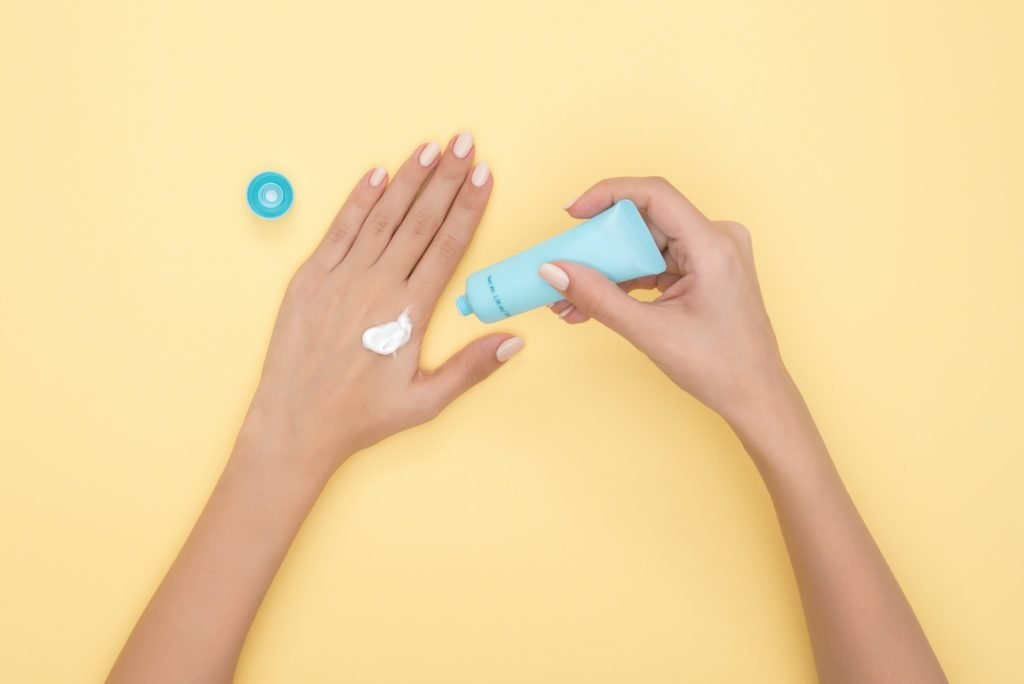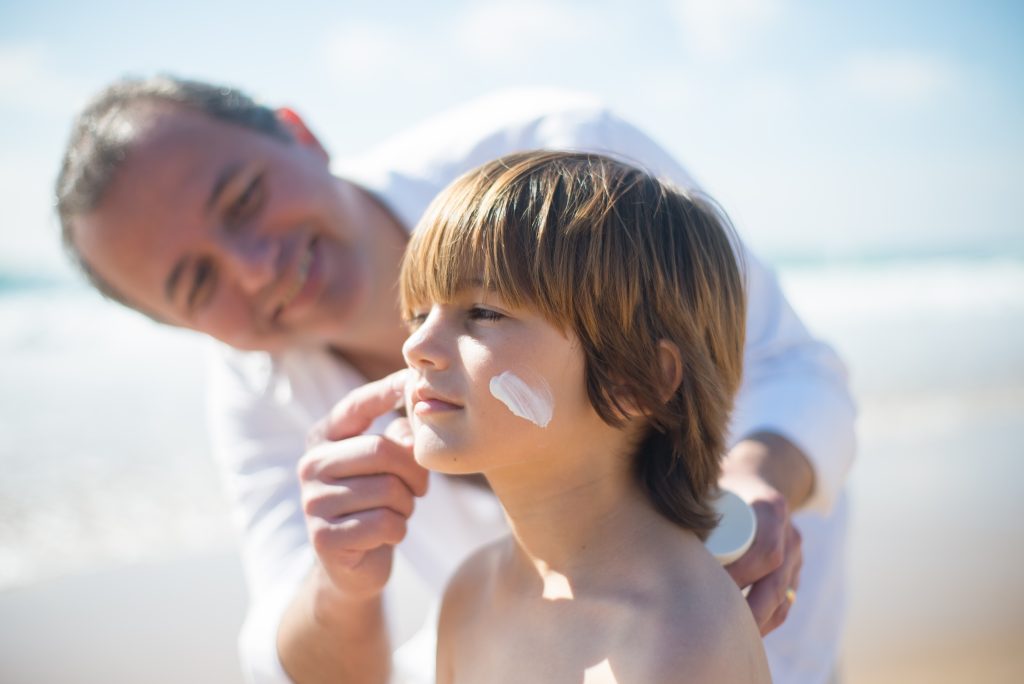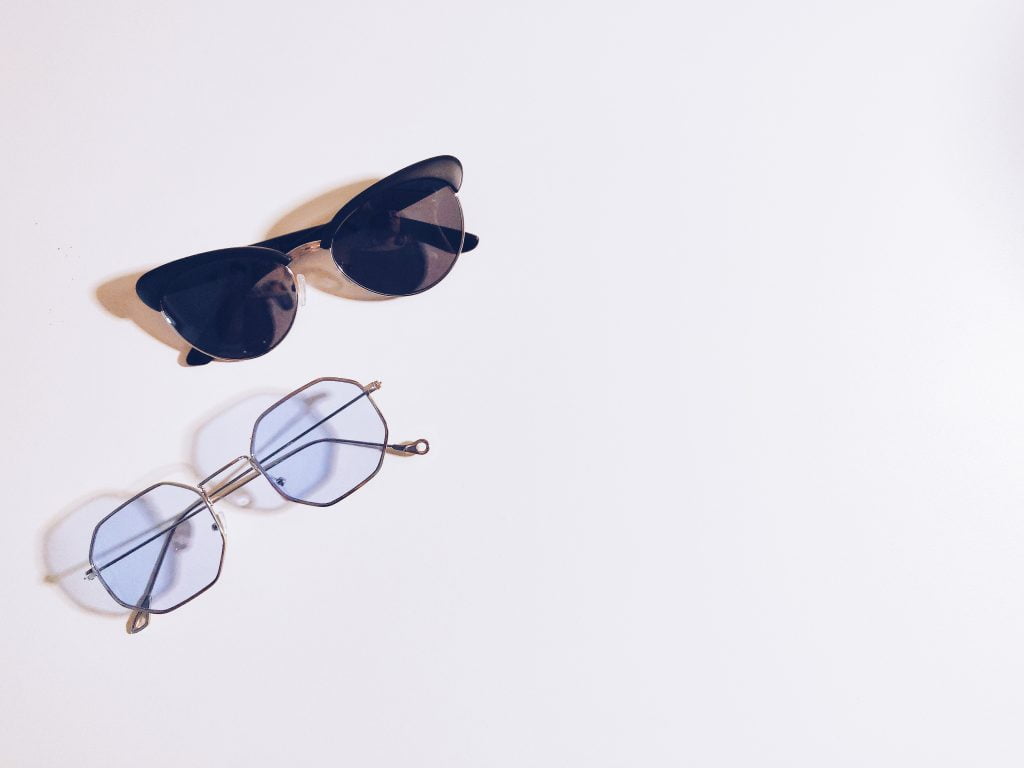How to Protect Your Skin From the Sun
According to www.skincancer.org, “About 90 percent of nonmelanoma skin cancers are associated with exposure to ultraviolet (UV) radiation from the sun. Basal cell carcinoma (BCC) is the most common form of skin cancer. An estimated 3.6 million cases of BCC are diagnosed in the U.S. each year.”
For most people, the summer is a time for getting out of the house and enjoying the glorious weather that beats down on the country for several months. Whether you have the school holidays free or you simply like to make the most of your weekends, spending time in the sun is fun.
The summer sun brightens everyone’s mood and it’s nice to feel free in light clothes rather than being bundled in sweaters but you can’t ignore the threat of sun damage to the skin. There is no getting away from the fact that sunburn is extremely dangerous not just for your immediate health but also for the long-term condition of your skin.
The Dangers of Sun Exposure
Before you rush to get your fix of the summer sun, you should know what are the risks of too much exposure. Sunlight is made up of various types of light rays and those that can damage are Ultraviolet A (UVA) and Ultraviolet B (UVB).
UVA rays have a longer wavelength and are associated with skin aging. UVB rays have a shorter wavelength and are associated with skin burning.

Overexposure of unprotected skin can result in
- sunburn
- aggravation of sensitive skin
- melanoma
- hyperpigmentation (sun spots)
- accelerated skin aging
- skin cancer – the most common of all cancers.
For anybody who is planning on spending any amount out in the blaze of the summer sun, sun safety should be one of your main concerns. There are numerous ways and precautions to take to prevent and avoid skin damage from UV radiation.
Here are some of the best ways that you can protect your skin from the sun’s UV rays and improve your overall self healthcare when it comes to your skin.
Wear Sunscreen
This is the number one rule of sun skincare.
Sunscreen is one of the most effective ways of protecting your exposed skin. Although we’ve spoken about the summer sun, UV rays are present all the time so, anytime you are going to go outside, you should wear sunscreen. In winter or on days with heavy cloud cover, you can reduce the SPF level but otherwise, cancer specialists recommend a sunscreen of SPF15 should be worn every day.

There are two types of sunscreen. They are
Physical (aka mineral) – include either zinc oxide or titanium dioxide both of which block and scatter UV rays before they penetrate the skin.
Chemical – include ingredients like octisalate and avobenzone to absorb the sun’s rays before they can damage the skin.
Choose the Right Type of Sunscreen For You
When picking a type of sunscreen for UV protection, it is important to keep in mind some of the things that the American Academy of Dermatology regards as essential.
- Pick a lotion or cream that offers broad spectrum protection. Broad spectrum sunscreen protects against both ultraviolet A and ultraviolet B rays, meaning that you get more protection from a single application.
- Choose a product of SPF (sun protection factor) 30 or higher, ideally SPF 50 for maximum protection. SPF 15 will certainly not be enough to protect you against all of the most serious risk factors.
- If your summer outdoor activities involve swimming or water, choose a sunscreen that is described as water resistant (not waterproof!) Also, keep in mind that even if the sunscreen is water resistant, you will still need to reapply it frequently, especially if going in and out of the ocean or the pool.
Make Sure Your Products Are In Date
One of the most common mistakes that people make with sunscreen is using a product that is beyond its expiration date.
We are all guilty of searching at the back of the vanity for an old lotion that we bought years ago and using it like it was picked off the pharmacy shelf just yesterday!
Although many products approved by the U.S. Food and Drug Administration do indeed have long shelf lives, the effectiveness of sunscreen will reduce as it ages. The sun protection factor equation will not work as effectively as it should with out-of-date ingredients. At the start of the summer, purchase a brand new bottle that is 100% effective from the moment that you start using it.
Apply The Right Amounts For Your Body Parts

There is always a healthy level of debate surrounding how much product people think should be used. Whilst some people like to cover themselves with sunscreen, others prefer a lighter application.
When it comes to applying SPF, there is no such thing as too much, but a handy rule of thumb to follow is the teaspoon rule, which can give you a general idea of the right amounts.
The teaspoons rule is as follows:
- Face and neck – 1 teaspoon.
- Arms – 1 teaspoon each.
- Legs – two teaspoons each.
- Front torso – two teaspoons.
- Back – two teaspoons.
- Mouth – apply a couple of swipes of a suitable lip balm
Another way to gauge how much to use is to apply the equivalent of a shot glass contents.
Don’t forget also, to use sunscreen applicable to your skin type and apply as often as the packaging instructions advise.
Wear Protective Clothing
The more covered up you can be in the sun, the less likely the sun’s rays are going to be able to penetrate your skin and so the risk of skin cancer is reduced. The kinds of garments that offer the best and most effective protection from UV rays include:
- Thicker fabrics like denim, which are much sturdier than something thinner like cotton and therefore will be a better barrier. Of course, denim isn’t always the ideal choice on a really hot day, but if you can sacrifice a small amount of temperature comfort for skin health, it might be worth it.
- Darker colors offer better protection because they absorb more UV, so if you do want to stick to thinner fabrics like cotton for long-sleeved shirts or long pants, then opt for blacks and dark blues over whites and pastels.
- Sun hats are also a must, as they provide shade for the full face and also the scalp which a lot of people tend to overlook when applying sunscreen.
- You can also buy clothing with built-in UPF (Ultraviolet Protection Factor). Like sunscreen, check the UPF value. Fabric with a UPF of 50 blocks 98% of the sun’s rays, only allowing 2% (one-fiftieth) to penetrate.
Avoid The Sun During Peak Hours
Although many people might think that noon is the time when the sun is at its most dangerous, the truth is that there are more than just 60 minutes when the rays can be more harmful. Any dermatologist will tell you that you should avoid being out in the full glare of the sun from 10 am to 4 pm.
Sure, you might not end up getting the perfect natural tan that you had hoped for at the start of the summer, but there are always tanning beds to help you get there in a much more controlled manner! You can also take vitamin D tablets if you are concerned about staying out of sunlight for too long.
Remember To Protect Your Eyes

You might not consider your eyes in the topic of skincare but they too need to be protected from the power of the UVA and UVB rays.
Sunglasses are the obvious tool for eye protection in the sun, and you must make sure you purchase and wear a pair that boasts 99% or even 100% protection against UV exposure.
You may find that you can’t get the quality you need in the cheapest pairs of sunglasses, so it is worth spending more money and finding a pair that will last you for many summers to come.
Seek The Shade When Possible
When spending time at the park or the beach, make the effort to periodically seek out shade throughout the day to give your skin some respite. These times should also be when you rehydrate. As well as staving off thirst, your skin needs water for health from the inside.
If there are no trees or other opportunities for natural shade, then take along a small tent or large umbrella that you can retreat under when you need to. This is even more important if you have children with you, as their skin is more sensitive and vulnerable than your adult skin.

It’s also important to remember that just because you spend a few minutes in the shade, it doesn’t mean that you can get away with not reapplying your sunscreen at the due time.
The Takeaway
It cannot be stressed enough how important sunscreen is for skin health. On normal days, a moisturizer with SPF should be part of your daily skincare regime and in the summer, or when spending time outside, sunscreen with the appropriate SPF is essential.
Sunburn is not fun. It is not only unattractive (do you want to look like a boiled lobster?) but it can be very painful and uncomfortable. Sunburn not only inhibits your ability to fully enjoy the summer but can have long-term effects on your skin health.
If you are worried about extreme symptoms of too much sun exposure that you may be worried about, contact Warner Plaza Urgent Care where we can help you with your symptoms. We serve immediate medical care for non-life-threatening conditions when your primary care doctor is not available. No appointment is needed!

